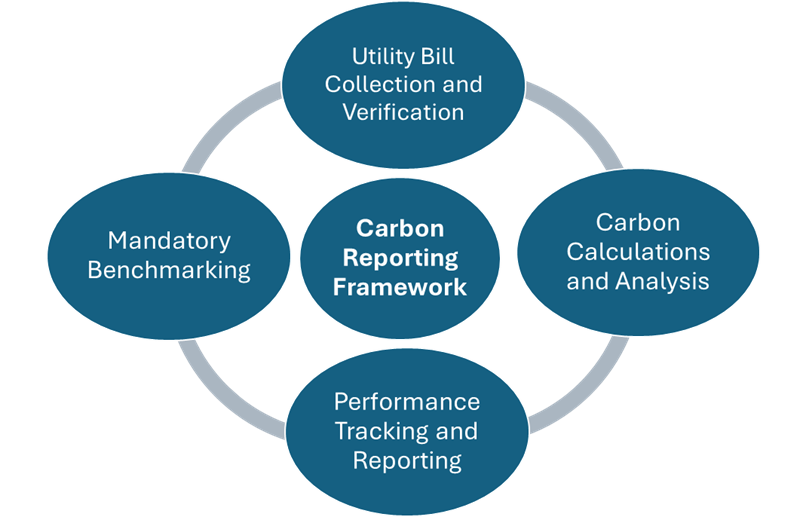In today’s business climate, investors, clients, and colleagues expect companies to address and comply with Responsible and Sustainable Business standards. To achieve this, a company must calculate and track its greenhouse gas (GHG) contributions. Furthermore, there should be a story showing how investments to increase efficiency and establishing science-based goals must happen to round out the picture. A greenhouse gas inventory can help your company begin its path towards sustainability.
A greenhouse gas inventory calculates, tracks, and reports a company’s scope 1 and scope 2 emissions. Burton’s greenhouse gas inventory is based upon the carbon accounting standards outlined by The GHG Protocol Corporate Accounting and Reporting Standard.
Burton tracks and reports on a company’s scope 1 and scope 2 emissions, as defined –
Scope 1 – Direct Emissions
Scope 1 emissions largely stem from burning fuels – such as natural gas and propane- in company facilities or transportation assets. Fugitive emissions, which also fall under the scope 1 category, are caused by refrigerants and other greenhouse gases leaking into the environment.
Scope 2 – Indirect Emissions
This category includes the emissions created as a result of electricity generation. It’s important to include the amount of energy consumed, but it’s also important to factor in the source of the energy that was consumed – such as nuclear, natural gas, coal, hydropower, or others.
There are a few different types of emissions factors that can be used to identify an area or region’s specific fuel breakdown that was used to generate electricity. Burton utilizes two reputable and effective factors. One is the Environmental Protection Agency (EPA), who releases location-based, or eGrid, factors and describes the fuel mix used by different regions. The other is the Edison Electric Institute (EEI), who releases market-based factors to describe the fuel mix reported by the utilities. Market factors are more specific, more accurate and compelling in calculating a location’s Scope 2 emissions. However, not every utility reports its fuel mix, so market-based factors can only be used for locations under utilities that report their fuel mix. Burton utilizes both location-based and market-based factors.
Burton Energy Group’s Scope of Work for Carbon Reporting

The scope 1 and 2 categories account for emissions within a company’s operations. Sometimes, a business may want to report emissions outside its operational control. This can be accomplished by creating a scope 3 emissions inventory.
Scope 3 – Value Chain Emissions
A scope 3 emissions report includes all other indirect emissions across the company’s value chain and are not accounted for in scope 1 or 2. There are fifteen categories of emissions in scope 3, split into upstream activities (i.e., material acquisition, capital acquisition, business travel, etc.) and downstream activities (i.e., distribution and storage, use of product, etc.). The first step is determining which scope 3 categories are relevant to your business. From there, formulating a plan to collect the necessary data and track Scope 3 emissions can be difficult, which is where a partner like Burton can assist. When creating a Scope 3 emissions inventory, it is best to collect data proactively and understand that you will need inter-department cooperation across your company.
Next Steps
Burton is here to help your company meet a growing demand for transparency surrounding greenhouse gas emissions. We are well-equipped to be your sustainability partner and provide expertise on renewable energy, decarbonization, and many other projects. Contact us or visit us at Burton Energy Group to learn about our service offerings and why Burton could be an effective partner for your company.
